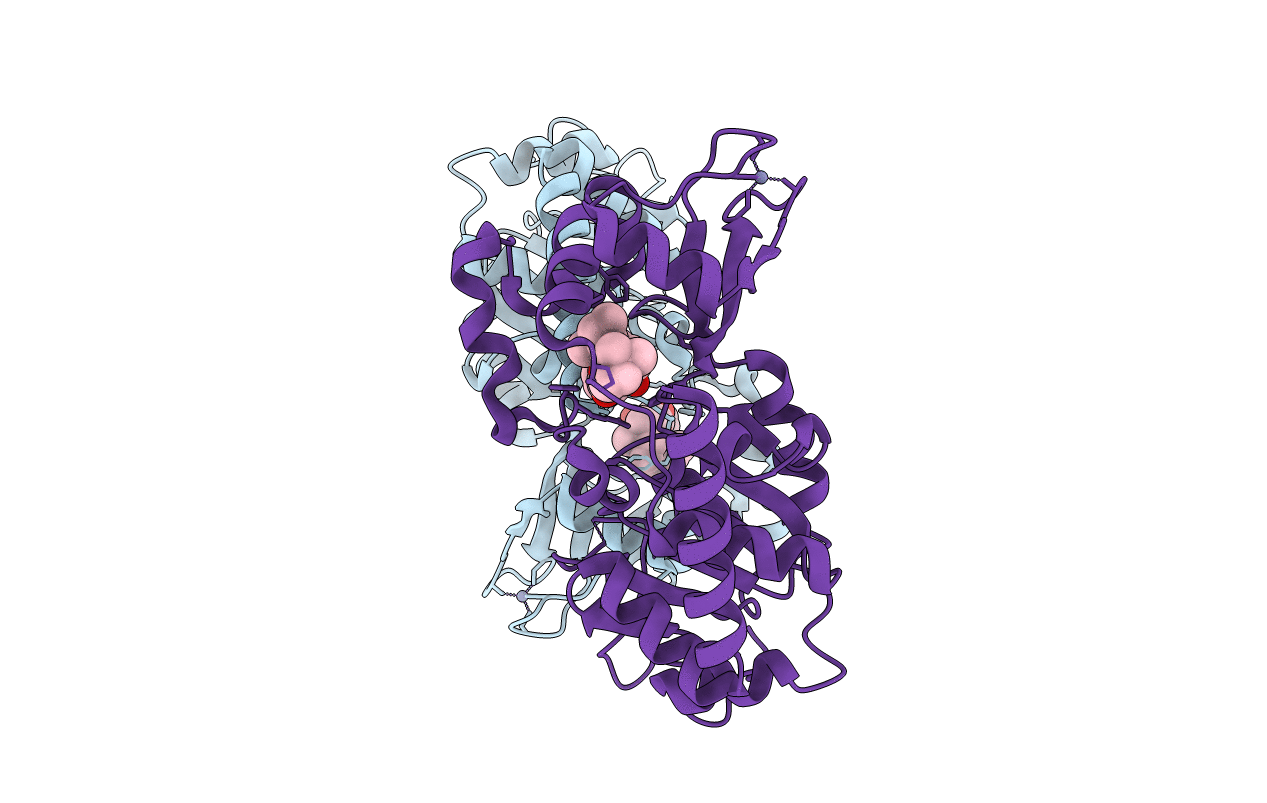
Deposition Date
2017-07-19
Release Date
2018-07-25
Last Version Date
2023-11-22
Entry Detail
PDB ID:
5Y0Z
Keywords:
Title:
Human SIRT2 in complex with a specific inhibitor, NPD11033
Biological Source:
Source Organism:
Homo sapiens (Taxon ID: 9606)
Host Organism:
Method Details:
Experimental Method:
Resolution:
2.00 Å
R-Value Free:
0.24
R-Value Work:
0.21
R-Value Observed:
0.21
Space Group:
P 1 21 1


